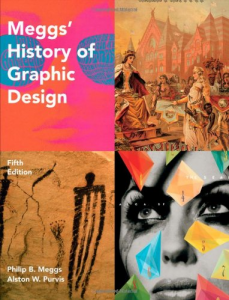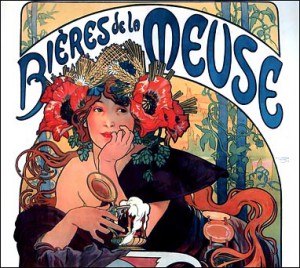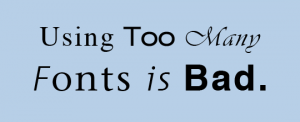When I signed up for my History of Graphic Design class, I wasn’t expecting much. My first thought was that this class was going to be just another boring lecture course, but much to my surprised I discovered how interesting and intriguing studying the history of graphic design could be. I was told by my then professor, professor Megg’s who by the way happens to be the daughter of the main author of the book “Megg’s History of Graphic Design: 5th Edition”, that I was to read 1-2 chapters of this book each week.

5th Edition, By Philip B. Meggs & Alston W. Purvis.
I first started reading the book at home while relaxing and drinking a nice cup of coffee.The first thing that caught my attention about “Megg’s History of Graphic Design: 5th Edition” were the beautiful pictures that went along with the explanation of each step in the history of graphic design, which made things clear and easy to understand. Being a visual person having pictures to look at while reading only made it better for me.
From the first chapter “The Invention of Writing” to the fourth “Illuminated Manuscripts” this book had capture my eyes and my heart. It’s amazing how I myself realized how little I knew about my own major (Graphic Design) until I started reading “Megg’s History of Graphic Design: 5th Edition” and started to truly understand it’s rich history and things I would had never otherwise consider graphic design.
My favorite chapters can be found in chapter eleven “Art Nouveau” from the work of Jules Cheret to Alphonse Mucha, I was captivated by the story behind their beautiful designs to of course the posters themselves.  Chapter fifteen “A New Language of Form” was another of my favorite chapters. These chapter served and still served as one of my main resources of inspirations whenever I find myself having a mental block or just simply doing so for my own enjoyment.
Chapter fifteen “A New Language of Form” was another of my favorite chapters. These chapter served and still served as one of my main resources of inspirations whenever I find myself having a mental block or just simply doing so for my own enjoyment.
I recommend anyone who is serious about studying graphic design and who wants to learn and discover new styles, maybe even find their own unique style among so many outstanding artists. Remember that in order to understand your present you must understand the past 🙂








